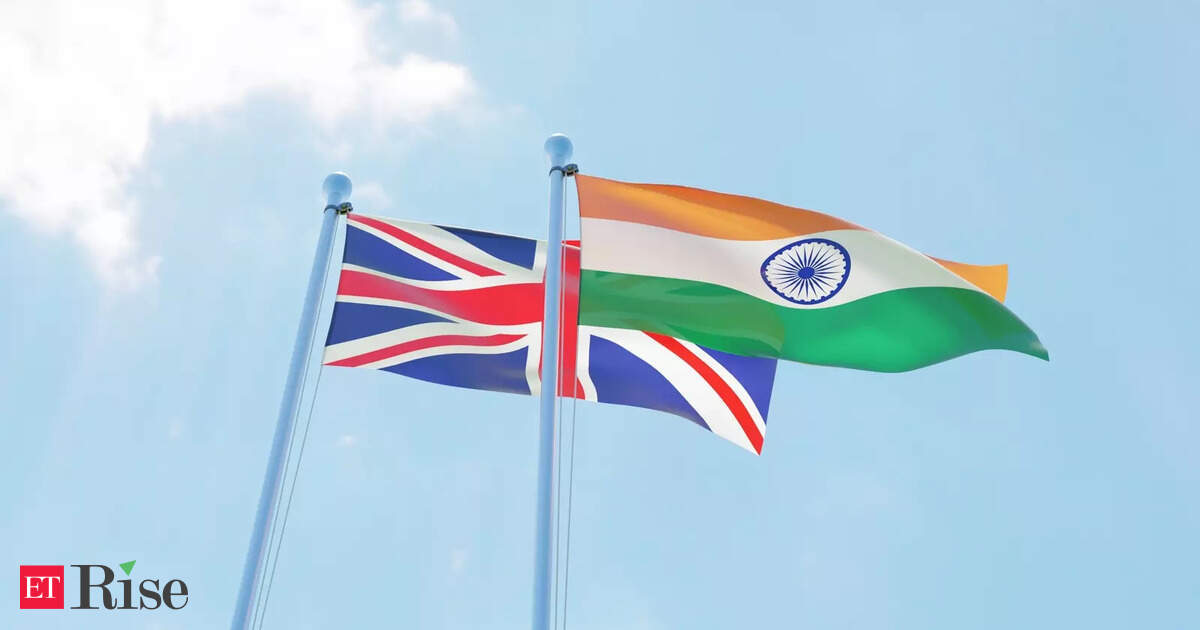This long-awaited agreement is expected to enhance bilateral trade, which reached $20.5 billion in 2024, by removing barriers, facilitating investment, improving supply chain resilience, and promoting inclusive development.
The agreement, remarkable in its scope, encompasses 27 chapters covering trade in goods and services, digital trade, telecommunications, financial and professional services, labour mobility, environmental issues, and support for small and medium enterprises (SMEs). Most notably, this is India’s first FTA to include comprehensive chapters on social and developmental issues, such as labour rights, gender, anti-corruption, and development cooperation, setting a progressive benchmark for the country’s future trade negotiations. Additionally, the agreement introduces a reciprocal Double Contribution Convention, enabling portability of social security benefits for professionals and workers moving between the two countries.
Although the legal text has yet to be released, three key features of the India-UK FTA are particularly noteworthy, given their economic and policy implications:
First, India’s exports to the UK, which were previously subject to import duties ranging from 4% to 18%, stood at $12.9 billion in FY24. Under this FTA, nearly 99% of tariff lines will be eliminated, effectively liberalising almost the entire value of Indian exports to the UK. This move is expected to significantly enhance market access and boost the competitiveness of various Indian sectors, including textiles, marine products, leather, footwear, sports goods, toys, gems and jewellery, engineering goods, auto parts, and organic chemicals.
Exports of products such as cosmetics, alcoholic beverages (particularly whisky and gin), soft drinks, lamb, seafood (salmon and cod), aircraft components, and medical devices will be marked by huge duty concessions. Most notably, as an unprecedented move, the FTA will mark the reduction of India’s steep import duties on automobiles from 100% to eventually 10%. This reflects a broader policy shift in India’s trade policy away from using tariffs as tools for revenue generation towards a more rational, economically grounded tariff structure, which has been due for a long time.Second, the FTA opens up India’s government procurement market to UK firms—a provision India had previously only extended to the United Arab Emirates (UAE). Under this agreement, UK firms will be classified as Class 2 suppliers, provided that at least 20% of the value of their products or services originates in the UK. While this move could deepen commercial ties and enhance procurement efficiency, it also raises concerns regarding the potential dilution of the “Make in India” initiative. Thus, the access offered to UK firms needs to be carefully calibrated; the fine print of the agreement must clearly identify sensitive sectors requiring protection, allowing a nuanced approach that balances openness with the need to support domestic value chains.Third, for the first time in any Indian trade agreement, a dedicated chapter on gender has been included. This marks a progressive shift in India’s trade policy—recognising the role of women in economic development and the need to promote their participation in international trade. The provisions of this chapter are expected to facilitate joint initiatives to empower women entrepreneurs and ensure better representation of women in global value chains. India should use this opportunity to work with the UK to collect gender-disaggregated trade data, which is essential for evidence-based policymaking that would enhance greater gender equality in trade. Going forward, both India and the UK must collaborate on implementing the provisions of this chapter to ensure that they result in tangible outcomes, marked by an improvement in the participation of women entrepreneurs and labourers in trade between India and the UK.
While this FTA marks a significant leap in India’s trade policy, one critical omission that stands out is the lack of attention to the Carbon Border Adjustment Mechanism (CBAM). Omission of this could result in India’s exports of carbon-intensive goods, especially steel and aluminium, being subjected to additional tariffs, potentially nullifying the benefits gained through tariff concessions. Complementary technology agreements that support carbon-neutral manufacturing would significantly bolster India’s efforts to maintain industrial competitiveness and offset the impact of CBAM.
Overall, the India-UK FTA reflects a maturing trade strategy for India, one that values deeper integration into global value chains. Yet, the real test of this agreement lies in its implementation, in the nuances of the legal text, and in the institutional mechanisms built to monitor its outcomes. With transparent, fair, and effective execution, this FTA has the potential of becoming the blueprint for India’s next generation of trade agreements.
Nisha Taneja is Professor, ICRIER and Nirlipta Rath is Research Assistant, ICRIER. Views are personal.


